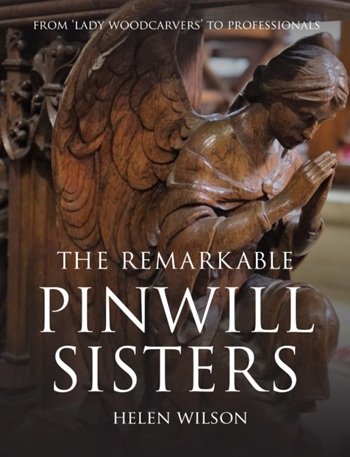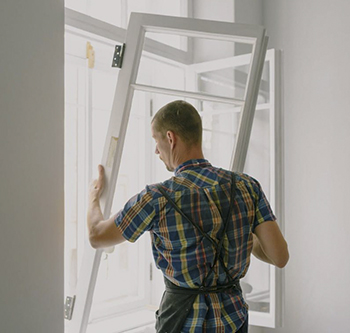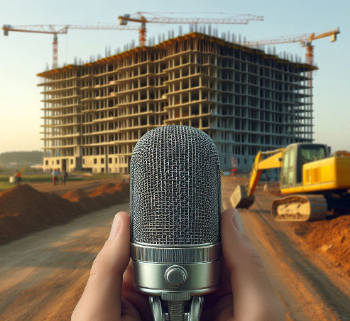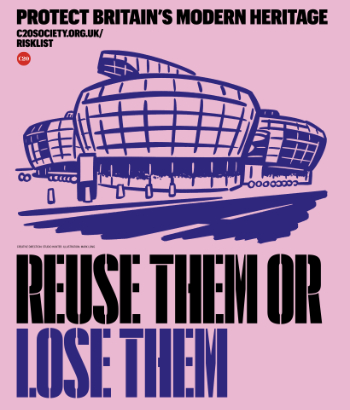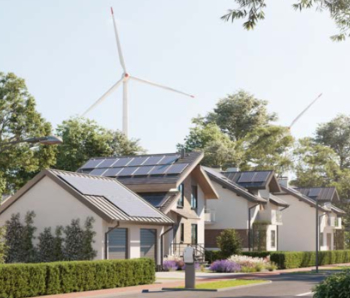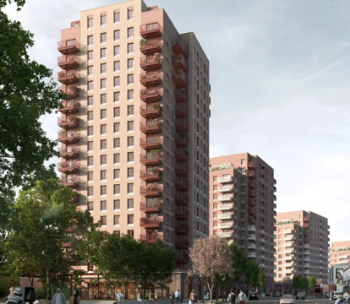Co-creation and the built environment
See also: Co-creation
Contents |
[edit] Origins of the term
The term co-creation stems from thinking in the 1980’s and 90’s where academics started to look closer at the role of the customer in the development of products, first referred to this mainly as co-production. The first paper appeared in Journal of Marketing. Vol. 67, No. 1. Entitled Psychological Implications of Customer Participation in Co-Production (Bendapudi, N. & Leone, R. P).
This approach soon developed into the more familiar term customisation, referring to products with elements of their design being open to customers changes. Firat, Fuat, Dholakia, and Venkatesh are said to have introduced this concept of customerisation “as a form of buyer-centric mass-customization and state that it would enable consumers to act as a co-producer”. The term co-creation itself was initially framed as a market strategy to transform value propositions by Kambil and co-authors in Reinventing Value Propositions (Kambil, Ginsberg and Bloch 1996).
[edit] Wider uses of the term
Later the term was more clearly used in Co-creation: A new source of value (Kambil, Friesen and Sundaram 1999) discussing how the internet has started to enable its role in product development from car manufacture to furniture design. The process has also been applied to education, with the process of students' feedback, opinions, and other resources such as their intellectual capabilities and personalities, integrated alongside institutional resources (Dollinger, Lodge, and Coates 2018). Others such as Pieters and Jansen in 2013 point out that the term has been used with different meanings in different fields and define complete cocreation as being when the end user plays an active role as part of a continuous process.
Inclusive design in essential services. A practical guide for firms and suppliers, written by Bailey Kursar for the Money Advice Trust and Fair By Design and published in 2021, defines co-creation, co-design or participatory design as: ‘An approach to design that involves all stakeholders in the design process, including staff, experts, users and potential users, ensuring that solutions are useful and useable by all.’
[edit] Use of the term in the built environment
In 2023 in her article What Is Co-Creation in Architecture and Urban Planning? Maria-Cristina Florian pointed out that projects in the built environment naturally involve a wide number of actors working in collaboration, though the word is increasingly used as a buzzword, siting a number of co-creation examples from Bangladesh to Amsterdam. Maria Lorena Lehman relates co-creation to being one form adaptive urban architecture and its increasing role in city planning in her article Urban Architecture – A Design Process of Co-Creation.
The role of co-creation has been increasingly used as a tool in the environmental and governance fields to enable the transitioning of cities into more sustainable developments, where residents empower themselves to engage with and improve their environments. The primer on applying transition management in cities called Co-creating Sustainable Urban Futures discusses these processes in detail (Frantzeskaki, Hölscher, Bach, Avelino 1998).
[edit] From collaboration to co-creation
In collaboration there is potentially a hierarchy, that exists from the project framework or preconceived ideas of brief and what is needed, for example a building. In co-creation the difference perhaps is that it either occurs before any kind of brief has formed or goes back before the brief, where there is almost no preconceived idea of what is to be delivered. Effectively going back to raw basics or grass roots of a project, with-out predefined roles for designers, community, occupants, planners etc as there might be in for example community or public engagement projects.
The lesser hierarchical approach of what might be considered co-creation in the architectural or built environment context perhaps allows for unexpected solutions, or out of the box thinking. Because of the involvement of residents, or occupants of the area or building from the earliest point of conception it also, in a similar way to Pieters and Jansen’s definition, allows the future users of the space to effectively design their approach with the help of facilitators.
[edit] Related articles on Designing Buildings
- A-Z of Equality, Diversity and Inclusion.
- Consultation process.
- Co-creation.
- Co-housing.
- Collaborative practices for building design and construction.
- Diversity.
- Dr. Natasha Watson; UK lead for embodied carbon at Buro Happold.
- Equality Act.
- Inclusive design.
- Participatory design.
- Post Occupancy.
- Public engagement etc..
- The Palimpsest.
Featured articles and news
Licensing construction in the UK
As the latest report and proposal to licence builders reaches Parliament.
Building Safety Alliance golden thread guidance
Extensive excel checklist of information with guidance document freely accessible.
Fair Payment Code and other payment initiatives
For fair and late payments, need to work together to add value.
Pre-planning delivery programmes and delay penalties
Proposed for housebuilders in government reform: Speeding Up Build Out.
High street health: converting a building for healthcare uses
The benefits of health centres acting as new anchor sites in the high street.
The Remarkable Pinwill Sisters: from ‘lady woodcarvers’ to professionals. Book review.
Skills gap and investment returns on apprenticeships
ECA welcomes new reports from JTL Training and The Electrotechnical Skills Partnership.
Committee report criticises UK retrofit schemes
CIOB responds to UK’s Energy Security and Net Zero Committee report.
Design and construction industry podcasts
Professional development, practice, the pandemic, platforms and podcasts. Have we missed anything?
C20 Society; Buildings at Risk List 2025
10 more buildings published with updates on the past decade of buildings featured.
Boiler Upgrade Scheme and certifications consultation
Summary of government consultation, closing 11 June 2025.
Deputy editor of AT, Tim Fraser, discusses the newly formed society with its current chair, Chris Halligan MCIAT.
Barratt Lo-E passivhaus standard homes planned enmasse
With an initial 728 Lo-E homes across two sites and many more planned for the future.
Government urged to uphold Warm Homes commitment
ECA and industry bodies write to Government concerning its 13.2 billion Warm Homes manifesto commitment.
From project managers to rising stars, sustainability pioneers and more.
Places of Worship in Britain and Ireland, 1929-1990. Book review.
The emancipation of women in art.













